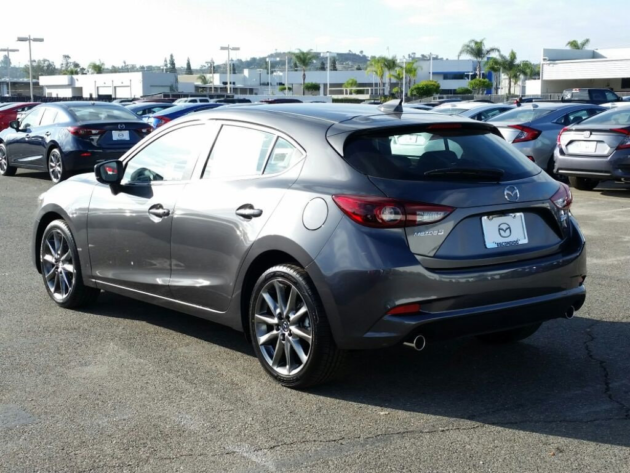For a long time, hatchbacks were the black sheep of the North American automotive market. Sedans were seen as being the standard family car — most automakers featured the sedan as the default, and the hatchback as the quirky alternative. But over the past decade (and against all odds) hatchbacks have started to become cool. Not only are you far more likely to see them on the streets of your city, they have become associated with a hip new Millennial aesthetic that adopts the hatchback’s practicality and angular lines as a badge of honour.
Hatchbacks first emerged as a distinct category of car in the 1970s. Ever since then, they have been distinguished from sedans by their rear doors, which swing upwards to open onto the cargo area and main cabin. Hatchbacks are typically designed to be more flexible than sedans, with back seats that fold down to provide more storage space. This has traditionally marked them out as being a more practical (and therefore lower status) vehicle than the more sedate and aspirational sedan.

It was precisely these qualities, however, that have proved attractive to Millennial drivers who tend to prize functionality and a can-do attitude above flash and glamour. The hatchback’s ability to carry cargo and passengers has increasingly been seen as a major asset among members of a generation who value self-sufficiency and a DIY approach to life. The fact that a hatchback can carry band equipment on Friday night, bring friends to brunch on Saturday morning, and pick up gardening supplies on Sunday afternoon made it uniquely suited to the Millennial lifestyle, and has driven a resurgent interest in this type of vehicle as Millennials have entered the auto market in greater numbers.
One can see clear signs of this trend when visiting showrooms. Head down to your local Mazda dealership and you are likely to find that the Mazda 3 Sport hatchback is getting just as much attention as the more conventional Mazda 3 sedan. This is in large part because automakers like Mazda, who have long prided themselves on producing the kind of practical, versatile cars Millennials favour, are adapting to the changing needs of the market by making hatchbacks an even more attractive alternative.
For example, when the seats of the Mazda 3 Sport hatchback are folded down, they now open up 43 cu ft. of cargo space — which rivals what many crossover SUVs can offer. At the same time, the hatchback doesn’t have the same bulk and length that comes with a station wagon, and is more fuel-efficient than the typical SUV. Hatchbacks offer an almost perfect blend of the qualities many young drivers are looking for in a new car, and they do so at very competitive prices.
While the sedan is still king of the Canadian auto market, this may change as Millennials replace Boomers and Gen X and Y as the dominant market demographic. Either way, automakers that want to court younger drivers will want to keep the factors driving the success of the hatchback in mind.

